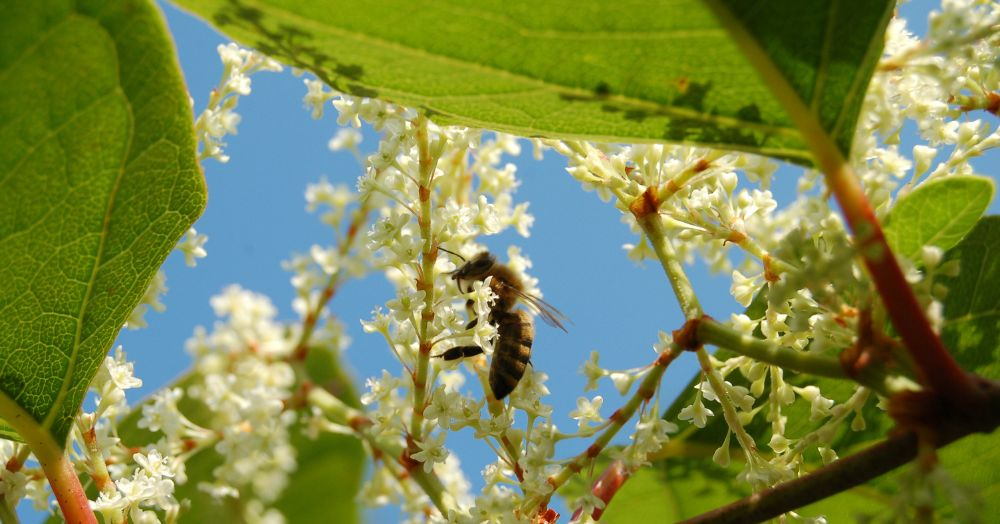Japanese Knotweed sounds like a horror story; an invasive weed that can take over your garden can reportedly damage the brickwork and foundations of your home. But what should you do if you find it in your garden or the garden of a property you want to buy? Read on to find out.
You might have heard of Japanese Knotweed before, as it has become a hot topic in property in recent years. With a bad reputation, Japanese Knotweed seems to be the new asbestos in terms of red flags to look out for when searching for a property to buy. But what is it, and why does it have such a bad reputation?
What is it?
To give it the proper Latin name Fallopia japonica, Japanese Knotweed is an invasive plant introduced to Britain by the Victorians as an attractive ornamental garden plant.
How to identify it?
It can be challenging to identify Japanese Knotweed due to its deceptive appearance and rapid growth. According to Gardeners' World, it grows in large clumps of bamboo-like canes up to 2.1 meters high. It has heart-shaped leaves with hanging clusters of creamy white flowers. The plants become dormant from late autumn, and the canes die and lose their leaves. The dead canes often remain standing, taking years to decompose.
Why is it a problem?
Japanese Knotweed's rapid growth and the ability of its bamboo-like stems to take over, along with the roots that can grow approximately 1 meter deep, make it a serious threat. It can grow through cracks in roads, paths, brickwork, and pipes, potentially causing significant damage to property, which is why it has such a bad reputation.
How to treat?
Removing Japanese Knotweed can be very difficult. Small clumps can be managed and removed by digging them up and spraying weedkiller. However, if you have identified it in your garden, it is best to hire a professional company to control it. They will assess the plant and develop a report and treatment plan to manage or eradicate it, providing a guarantee and giving you peace of mind.
What if you're selling?
Due to its invasive nature, mortgage lenders assess the land during the survey to identify the risk of Japanese Knotweed. There may be issues obtaining mortgage funding if it is found on the land or close by. Since 2013, homeowners who sell their property have been required to declare the presence of Japanese Knotweed and supply details of a management plan for eradication.
If you are buying a property and Japanese Knotweed has been found growing there, your mortgage lender will likely require details of a management plan from the seller. But there is no need to panic and withdraw from the purchase. If managed correctly, Japanese Knotweed can be eradicated and the property protected from future issues. If the seller has already arranged a management strategy or has attempted to remove the plant, a guarantee should be transferrable to you as part of your purchase.
If you have questions about selling your property with Japanese Knotweed or need professional advice on managing it, contact our team of property experts today. We're here to help you navigate this complex issue.

